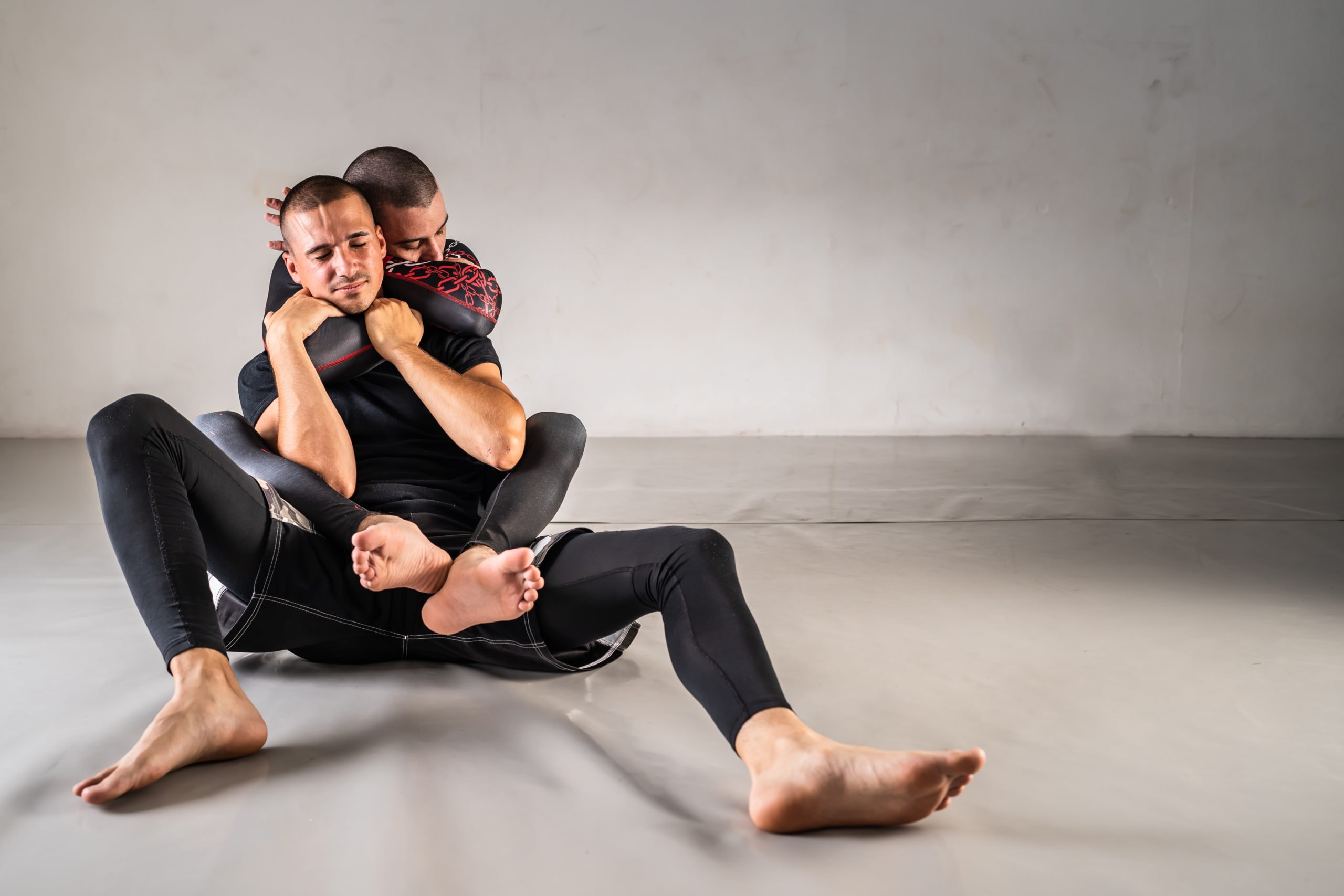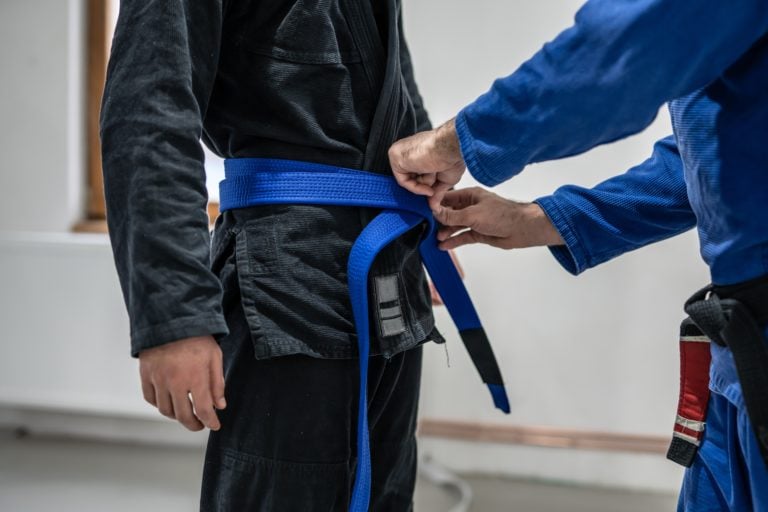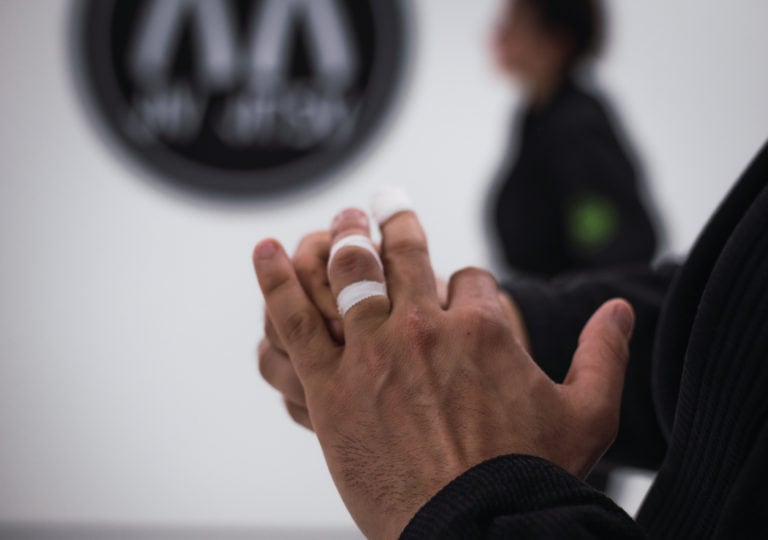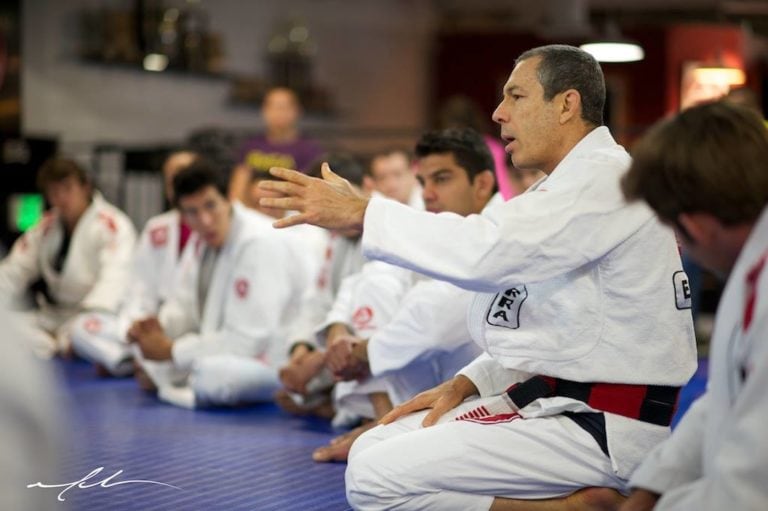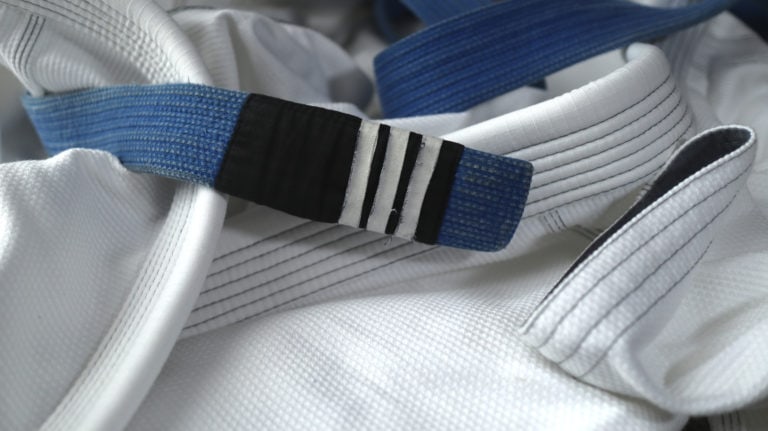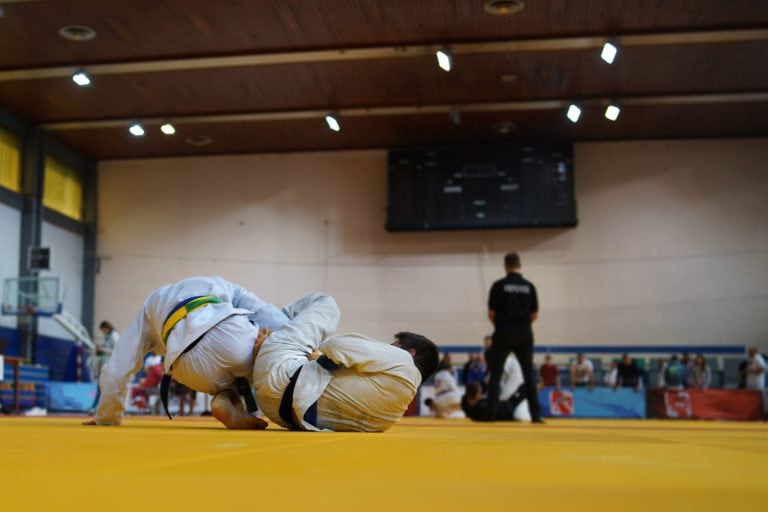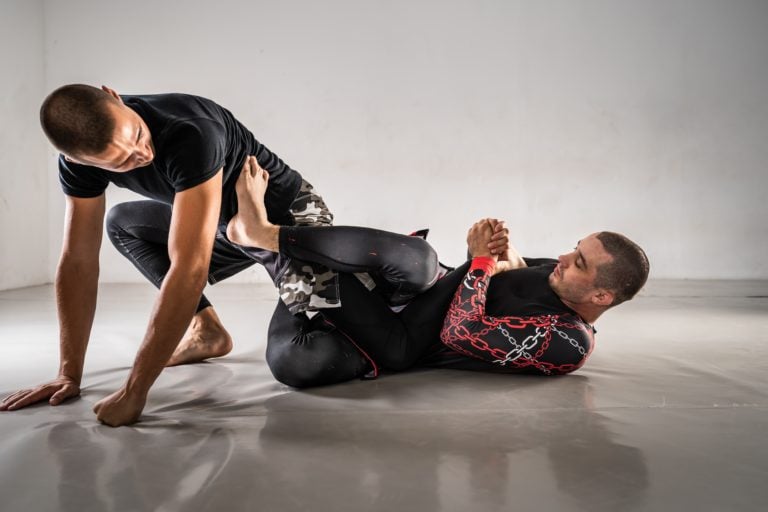How Many Chokes Are There In BJJ?
Brazilian Jiu Jitsu is a martial art that encompasses the usage of chokes to submit an opponent. Chokes are considered to be the most effective means of submitting any opponent, regardless of his pain tolerance and strength. Should an opponent not tap when caught in a choke, he will be put to sleep.
Having this in mind, it is of monumental importance to equip yourself with a substantial arsenal of chokes. In short, there are a lot of chokes suited for use both with and without the Gi. However, chokes such as the triangle, guillotine, and the rear-naked choke are fundamental submissions.
It is not rare to see a high-level BJJ fighter refuse to tap out and allow his opponent to break his arm or leg when high-level competitions are on the line. However, the same cannot be said about chokes since they will put him to sleep.
Stick around until the end of the article as we will provide a list of chokes that you can consider adding to your game.
List of BJJ Chokes
It is challenging to provide an accurate number of how many chokes exist in BJJ as new ones are invented all the time. Therefore, we have provided a long list containing the most prominent and efficient chokes.
Triangle Choke
The triangle choke is an important submission in Brazilian jiu-jitsu and mixed martial arts. Getting a triangle choke can be achieved from practically any position in the Gi and No GI. Through this choke, the carotid arteries are pressed, disabling blood from flowing to the brain, putting the opponent to sleep.
In order to apply a triangle choke, the practitioner needs to wrap his leg around his opponent’s head and arm and place the foot of the wrapped leg inside the back of the knee area of his other leg. To finish it, the practitioner needs to squeeze his legs and use his hands to pull down the head of his opponent.
Rear Naked Choke (RNC)
Another signature and most commonly applied choke is none other than the RNC, or Mata Leao. The application of this choke is done exclusively from the back of your opponent. It can be done in the Gi and No Gi. This is a fierce and fundamental choke that is nearly impossible to escape from when done correctly.
In order to apply a RNC, the practitioner should be behind his opponent. From there, he should wrap one of his hands around his neck and grab the biceps of his other hand. The other hand is placed securely behind the back of the neck of his opponent. From there, the only thing left to do is squeeze.
Guillotine Choke
In BJJ and MMA, the guillotine choke is among the greatest choke variants. You should learn and use it because it is among the most efficient submissions. It can be applied in the Gi and No Gi, from a standing or ground position. Moreover, it is a great way of controlling an opponent.
To execute a guillotine choke, the practitioner needs to place the opponent’s head beneath the armpit while the arm is wrapped around his neck in this choke. The fighter then lays down on the floor and wraps his legs over the opponent’s waist.
Bow and Arrow Choke
The bow and arrow choke is exclusively utilized in BJJ competitions. It can be done solely by using the Gi. This choke can be performed from positions that allow the practitioner to reach the opponent’s collar, the back mount, turtle position, and side control for example.
The practitioner completes the choke by using the opponent’s lapel and grabbing his leg pant while limiting the opponent’s mobility with his legs. The term derives from the way the two bodies are positioned during the choke.
Ezekiel Choke
In both Gi and No Gi BJJ, self-defense, and MMA, the Ezekiel choke is among the most captivating chokes. It is safe to say that this submission can be done from anywhere. Although it is efficient and likely unexpected, many practitioners find it difficult to learn this choke.
The Ezekiel choke is mostly done in the Gi and entails placing one arm behind your opponent’s head while grasping the other sleeve. This creates a choke by trapping your opponent’s throat with both forearms. The No Gi version involves grabbing the biceps and using a full fist to press down the neck.
X Choke
This choke is done exclusively in the Gi as it relies heavily on using the opponent’s collar to choke him out. It can be applied from the mount and closed guard. When performed, it presses the carotid arteries, restricting blood from flowing to the brain and putting the opponent to sleep.
In order to perform the X choke, the practitioner clutches the back of his opponent’s collar and crosses both hands in the form of an X. Finishing this submission requires pulling the opponent down with both hands while turning the bones of the forearms to face the opponent’s neck.
Arm Triangle Choke
This is another fundamental choke that is very efficient on any skill level. It is utilized in both Gi and No Gi competitions as well as MMA competitions. Moreover, it can be performed from the closed guard, mount, and side control.
This choke is performed by trapping your opponent’s head and arm with your arms, the same way you would in a regular triangle choke with your legs. In order to finish it, you should place your head on the ground next to the trapped arm and squeeze.
North-South Choke
In both Gi and No Gi BJJ and MMA, the north-south choke is an excellent technique. It is important since it is simple yet very effective; therefore, you should incorporate into your arsenal. It is a technique that is equally good as a triangle choke and RNC.
As you probably may have guessed, it is performed from the north-south position. In order to perform it properly, you will need to get your biceps across your opponent’s neck and squeeze. It might sound easy to perform; however, there are quite a few details to watch out for in order to perform it properly.
Anaconda Choke
This fierce and interesting method of choking can be done in the Gi and No Gi to an opponent that is in the turtle position. Apart from BJJ, it is favored in MMA competitions. It is a very effective technique to add to your game.
In order to apply it, you will need to achieve the front headlock with an arm. Once that is achieved, you insert your arm across the opponent’s chest until it reaches his armpit. From there, grab the biceps of your other hand and fall to the side while turning into your opponent.
This will cause you to crush his head with your chest and force him into submission.
D’ Arce Choke
The d’arce choke is a very simple yet very strong submission. It is almost guaranteed that the opponent will not be able to get out of it. It can be done in Gi and No Gi BJJ. Moreover, it is a choke that MMA fighters incorporate. It can be done from knee on belly, turtle position, side, etc.
It is a sort of arm triangle that is very similar to the anaconda choke with which it is commonly confused. The d’arce choke is performed by going across the armpit of your opponent and grabbing his head. From there, you should grab the biceps of your other hand, fall to your side and grab his legs with your legs.
Von Flue Choke
Another choke that falls into the category of chokes that are easily performed. The von flue choke can be applied in Gi and No Gi BJJ. It is performed from top-side control. It can be a great counter to your opponent’s failed guillotine attempt.
In order to perform it, you will need to drive your shoulder into your opponent’s neck, raise your hips in the air and form a tripod position to maximize the pressure. From there, all that is left to do is squeeze.
Which is Better, Chokes or Joint Locks?
First of all, finishing a fight with a submission is an achievement by itself, especially at higher levels where it is more difficult for competitors to finish each other due to their renowned world-class skill levels. However, chokes hold a higher place on the hierarchy.
In a BJJ match, the fight can still continue even though one competitor gets his leg or arm broken or dislocated. When there is a lot on the line in world championships, competitors have been known to allow the other person to break his arm in order to get out of the submission attempt.
Even though it might seem as a crazy thing to do, the mindset of professional BJJ athletes is very sharp and they are determined to win at all costs. The benefits of winning a world title are vast. Therefore, they might endure the pain to escape a joint lock and continue to win the fight.
With this in mind, it might be a better option to secure a choke. Should a person fail to get out of a choke in time or refuse to tap, he will be put to sleep, resulting in an immediate defeat.
Conclusion
Finally, we have provided a list of the most important chokes that should be added to your arsenal in order to have a more complete game. However, there are still a lot more choke variations out there. If you are a person looking to expand your choke repertoire, first master the ones from this article and then look for more if you still feel that they are not enough.

